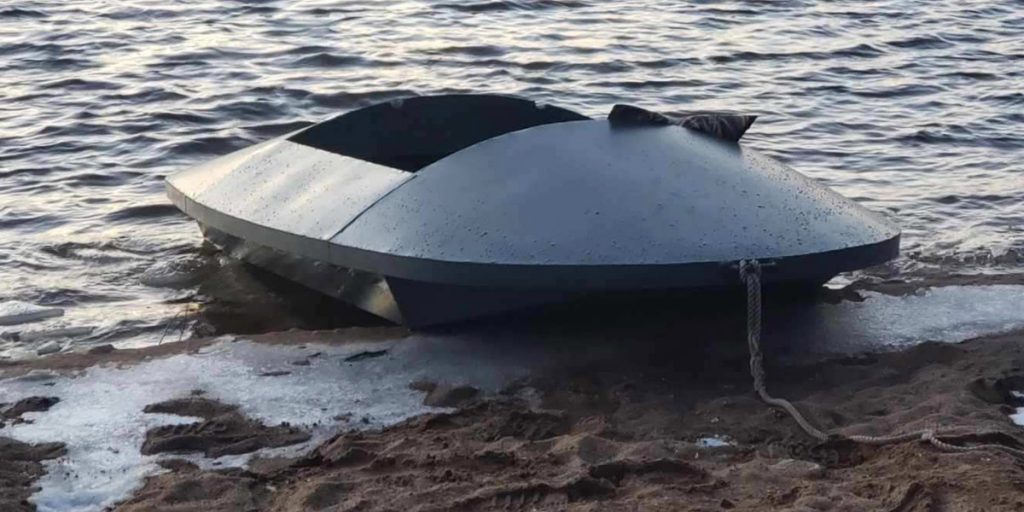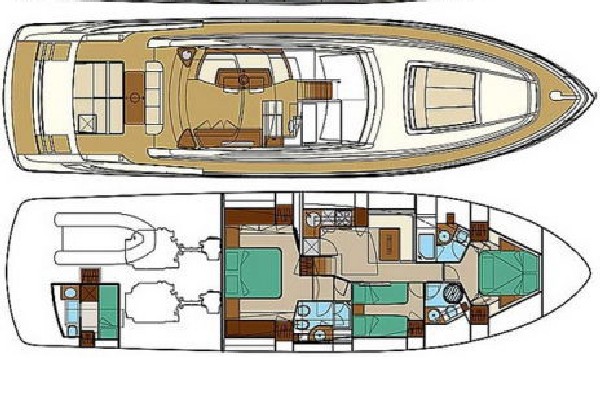

“A lot of times I’ll find the birds to be trafficking consistently over a particular pond with no land big enough for a traditional setup,” LaFleur said. Though the little boats are inherently not the most storage-friendly of rigs, there’s just enough room for one hunter’s necessities.Īnother significant advantage to the layout boats is their ability to pose as their own island when set up in the middle of larger ponds. From tossing decoys to retrieving birds, we do it all from the layout boats.ĭecoys can be hauled either on top of the boat or within the hull, along with a gun and shell bag. “We don’t even have to get out the boats while setting up. “The layout boats allow me to set up right against the bank, using the shoreline to help me blend in,” LaFleur explained. These boats are designed to blend into any type of habitat, and are particularly useful for hiding in our coastal marshes.Īble to be paddled or poled, these small craft have proven more than serviceable for this type of hunting - in fact, downright effective. LaFleur’s go-to marsh vehicle is the Layflat by HydroFlat Boat of Kenner. And from the results that followed, it doesn’t look like he’s turning back any time soon. To that point, a couple of years back LaFleur ditched the traditional tried-and-true Louisiana pirogue in favor of two layout boats.įollowing discussions with a local manufacturer at the Louisiana Sportsman Show a few years back, LaFleur was convinced that making the change was going to put more birds on the strap and add convenience to each hunt. LaFleur’s success on a number of Southeast Louisiana public waters comes as a result of attention to detail in all facets of the hunt, though he takes particular care to best utilize the meager height of the surrounding marsh grass in his favor. One hunter who has taken a “get low” approach and found the birds to be correspondingly cooperative is Johnny LaFleur, sales manager of Boat City USA in Hammond. Marshland engineering is at its finest in some of the lengths our resourceful coastal hunters have gone to put their permanent behemoth in just the right orientation to catch those teal from the direction they seem to always come from.Īs a side note, this direction will always be your blind side, no matter the vigilant preparations, provided you can even convince the birds that it’s safe to venture anywhere near said behemoth. The blinds are stout, with ornate supporting framework that was undoubtedly nothing short of hellacious to construct while baking in the late summer sun. Most feature bench seating and shelves for your gear, with usually just enough cover material to break the occasional chilly wind. Most “blinds” are readily identifiable across the marshlands from the air, even when all dressed up in their hunting-season best.ĭon’t get me wrong: These structures are great for those hunters wanting at least a couple of creature comforts while out on the hunt.


You know the ones I’m referring to: Just look out the window on your next flight out of Louis Armstrong New Orleans International. That said, I have to chuckle when chasing summer redfish in the marsh and I come across blind after blind towering over the surrounding landscape.
LAYOUT BOAT PATCH
If you’re lucky, there might be a patch of Roseau cane near your favorite pond, but that is usually more exception than norm.Īnd it seems that birds most often use ponds that inconveniently offer minimal cover to the hunter in pursuit. Our marshes are dominated by cord grasses standing a towering 2 or 3 feet above the muck, depending on when the last hurricane visited. After all, the marshes of South Louisiana aren’t exactly known for stands of trees providing habitat conducive to hiding.


 0 kommentar(er)
0 kommentar(er)
